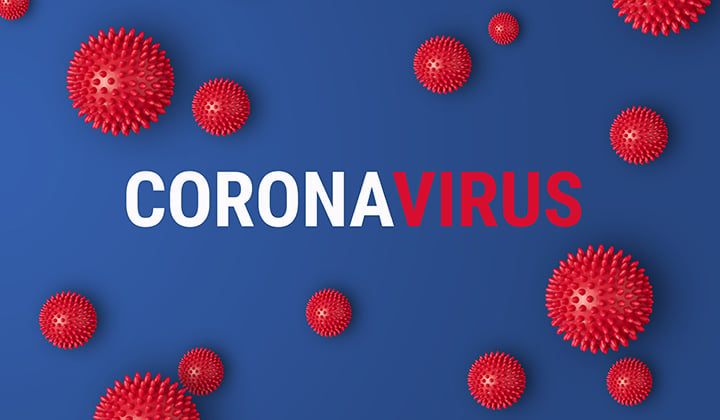
Updated April 7, 2020
There is a lot of information circulating about COVID-19 and it is important for people to be educated about the virus and how to help keep it from spreading. But with so much information available there also comes misinformation. Which is why we turned to our medical experts to set the record straight by dispelling some of the common myths.
People with COVID-19 may not show signs of infection for many days.
TRUE. The following symptoms may develop 2-14 days after exposure: fever (77-98%), cough (46-88%), or shortness of breath (3-31%). Most people (75%) develop symptoms by 7 days following exposure. Most people have mild symptoms and do not require care from a medical provider and should stay home until well. Patients with more serious symptoms, like shortness of breath, should call their medical provider.
I have heard that if you can take a deep breath and hold your breath for more than 10 seconds without coughing, discomfort, or tightness, etc., it basically indicates no infection. In critical time, please self-check every morning in an environment with clean air.
FALSE. Most patients with COVID-19 have mild symptoms, like the common cold. The ability to hold your breath for more than 10 seconds without cough, etc. is not helpful in determining whether someone has infection or not. People with mild symptoms do not need to be tested and should stay home until well.
Taking a few sips of water every 15 minutes will prevent infection from COVID-19.
FALSE. While drinking enough water to stay hydrated is important, drinking sips of water every 15 minutes does not prevent infection from COVID-19. Social distancing (maintaining 6 feet) from other people, frequent hand washing and avoiding touching your face will help to prevent infection with COVID-19.
You should also gargle as a prevention. A simple solution of salt in warm water will suffice.
FALSE. Sore throat is a less common symptom of COVID-19. Gargling with saltwater may help make your throat feel better but does not prevent infection or make it go away more quickly.
Drinking warm water is effective for all viruses. Try not to drink liquids with ice.
FALSE. Drinking water is important to stay healthy, as is eating a balanced diet with plenty of fruits and vegetables and getting enough rest. Drinking warm or hot liquids may soothe your throat and help a cough, but they do not prevent infection from COVID-19.
COVID-19 lasts on metal surfaces or fabric for 6-12 hours.
PARTLY TRUE. Currently it appears that COVID-19 may remain viable for hours to days on surfaces made from a variety of materials. However, most transmission occurs from close contact or droplet transmission. Transmission of COVID-19 from a contaminated surface has not been documented. Cleaning and disinfecting high touch surfaces (e.g. light switches, tables, doorknobs, phones) is important. Alcohol solutions of at least 70% or 1/3 cup bleach in 1 gallon of water should be used to clean surfaces. Wash hands with soap and water for at least 20 seconds or use an alcohol-based hand rub containing more than 60% alcohol. Please see CDC website for further information.
Taking vitamin C will prevent COVID-19.
FALSE. While vitamins are important for our health, excessive vitamin C does not help to prevent COVID-19, and it can cause some side effects like nausea, vomiting, diarrhea, heartburn, stomach cramps, headache, or insomnia.
If someone with COVID-19 sneezes it stays in the air for 10 feet before it drops to the ground and is no longer airborne.
FALSE. COVID-19 is transmitted by being within 6 feet of someone with COVID-19 for a prolonged period of time (more than 10 minutes). Close contact can occur while living with, caring for, visiting or sharing a health care waiting area or room with a person with COVID-19. Having direct contact with secretions from a person with COVID-19 (e.g. cough or sneeze) can also transmit infection.
COVID-19 was made in a laboratory.
FALSE. COVID-19 is a naturally occurring virus and was not made in a laboratory. Scientists are still investigating the origin of COVID-19. However, it is possible that the virus originated in bats and adapted to be able to cause human infection through transmission from other animals based on other similar coronaviruses.
Please see this website for more information on COVID-19 myths.

